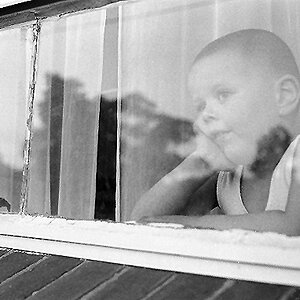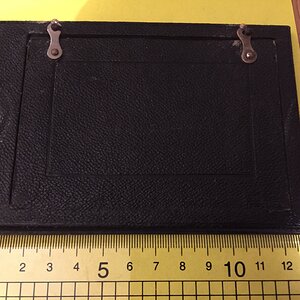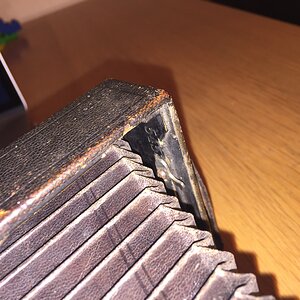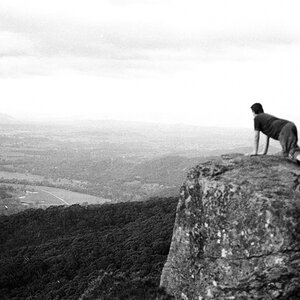Gang,
I've just sent my Nikon 18-200mm VR lense in for (under extended warranty) repair and am considering alternative lenses.
I keep returning to my hi-fi experiences where more money really does result in better equipment and after 6 years of (digital) SLR photography, I'm at a point where I'd like to consider buying better lenses.
That 18-200mm VR has proven to be extremely versatile and effectively the only lense I use, so much so that I keep it mounted at all times.
After initiatiing the repair, I immediately asked about other lenses. There's a very hefty 18-55mm VR 2.8 lense (that's about >double< the price of the 18-200mm; $1600?) that looks very promising in terms of construction and focusing speed but I don't know that I'm ready for that, especially since I'd lose so much distance. (I tend to rely on the telephoto ability and have few opportunities for portraits.)
My question is really this: Are other brands better than Nikon? For example, I thought Tamron was a "better" brand? Am I mistaken?? I only cite Tamron for the 18-270mm lense they offer, however, I've seen some unfavorable reviews of it.
Is it really simply time to make the "hyperleap" and accept the reality of the "over $1000" realm of lenses?
I appreciate that there could be several orders of magnitude of improvement in a lense, however, the cost would be equivalent. My own rule of thumb is more along the lines of a 20% cost difference that results in a >noticable< improvement. Again, using the hi-fi analogy, the difference between a $500 and $5000 component should be dramatic but the "entry level" component from that same $5000 manufacturer should distinguish itself from the $500 "top of the line" offering for an incremental cost.
Thanks in advance.
I've just sent my Nikon 18-200mm VR lense in for (under extended warranty) repair and am considering alternative lenses.
I keep returning to my hi-fi experiences where more money really does result in better equipment and after 6 years of (digital) SLR photography, I'm at a point where I'd like to consider buying better lenses.
That 18-200mm VR has proven to be extremely versatile and effectively the only lense I use, so much so that I keep it mounted at all times.
After initiatiing the repair, I immediately asked about other lenses. There's a very hefty 18-55mm VR 2.8 lense (that's about >double< the price of the 18-200mm; $1600?) that looks very promising in terms of construction and focusing speed but I don't know that I'm ready for that, especially since I'd lose so much distance. (I tend to rely on the telephoto ability and have few opportunities for portraits.)
My question is really this: Are other brands better than Nikon? For example, I thought Tamron was a "better" brand? Am I mistaken?? I only cite Tamron for the 18-270mm lense they offer, however, I've seen some unfavorable reviews of it.
Is it really simply time to make the "hyperleap" and accept the reality of the "over $1000" realm of lenses?
I appreciate that there could be several orders of magnitude of improvement in a lense, however, the cost would be equivalent. My own rule of thumb is more along the lines of a 20% cost difference that results in a >noticable< improvement. Again, using the hi-fi analogy, the difference between a $500 and $5000 component should be dramatic but the "entry level" component from that same $5000 manufacturer should distinguish itself from the $500 "top of the line" offering for an incremental cost.
Thanks in advance.













